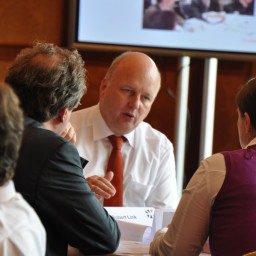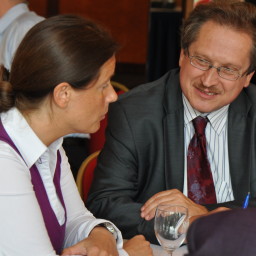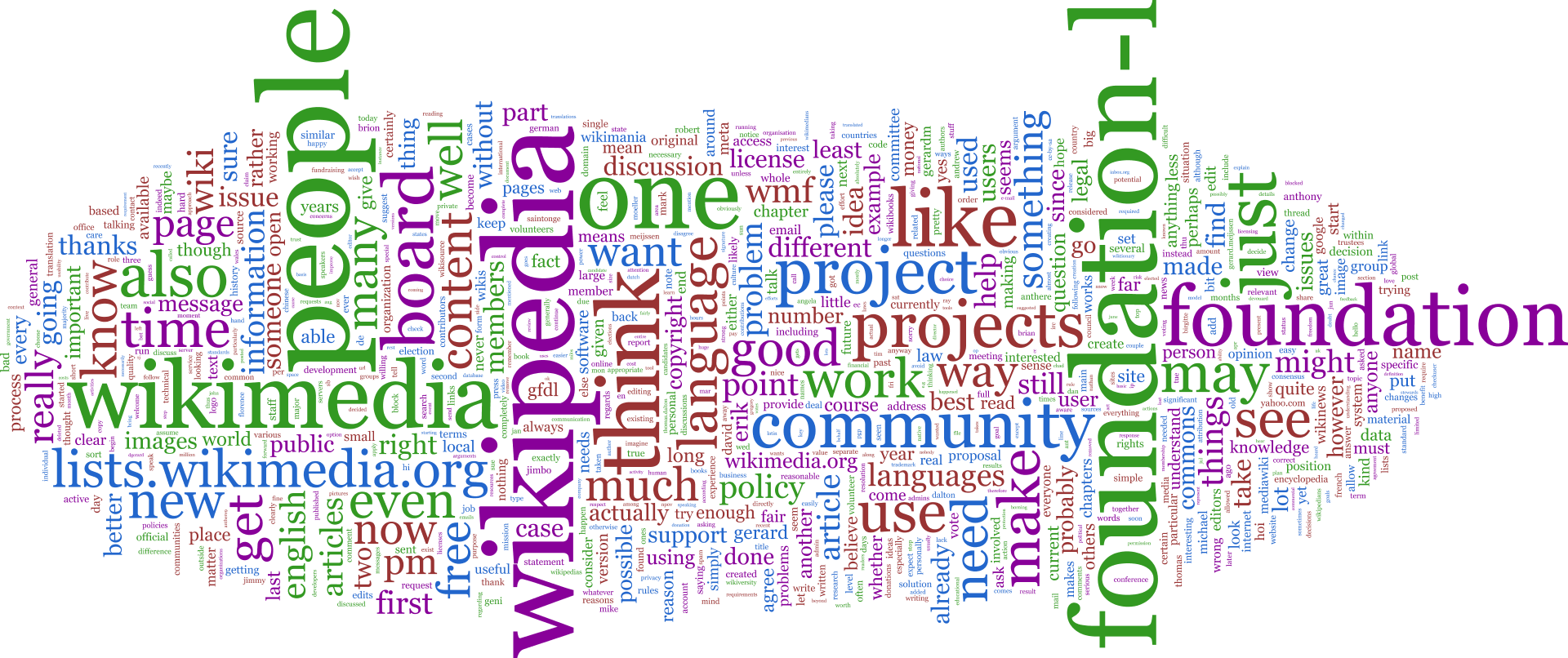
Why is conversation so easy? Abstract Traditional accounts of language processing suggest that monologue – presenting and listening to speeches – should be more straightforward than dialogue – holding a conversation. This is clearly not the case. We argue that conversation is easy because of an interactive processing mechanism that leads to the alignment of … Continue reading Why Is Conversation So Easy? Simon Garrod and Martin J. Pickering

Abstract Current models draw a broad distinction between communication as dialogue and communication as monologue. The two kinds of models have different implications for who influences whom in a group discussion. If the discussion is like interactive dialogue, group members should be influenced most by those with whom they interact in the discussion; if it … Continue reading Group Discussion as Interactive Dialogue or as Serial Monologue: the Influence of Group Size Nicolas Fay, Simon Garrod and Jean Carletta (2000)

Gurteen Knowledge Blog April 7, 2021, 13:57Many people find it difficult to give a speech, and it is not always easy to listen to one, but we are all pretty good at holding a conversation. Why is this? Surely, delivering a monologue or listening to one should be easier than dialogue? If you are interested in … Continue reading Why Is Conversation So Easy? Surely it should be harder than giving a speech?

Conversational leadership replaces the simplicity of monologue with the unpredictable vitality of dialogue. Conversation is open and fluid rather than closed and directive. To make it work, leaders need to cultivate the art of listening to people at all levels, and speaking with them directly and authentically. Credit: Boris Groysberg and Michael Slind Source: HBR: … Continue reading Conversational Leadership Replaces Monologue with Dialogue Boris Groysberg and Michael Slind, 2012

Deciding the optimum group size for a conversation or decision-making is critical in small group work. What is the optimum size? Over the years, in running my Knowledge Cafes, I have discovered through trial and error and observation that the ideal size of a group for interactive conversation is three or four people. At the … Continue reading What Is the Optimum Group Size for a Conversation? More than five people and it is not a conversation

Many of us find it difficult to give a speech, and it is not always easy to listen to one, but we are all pretty good at holding a conversation. Why is this? Surely, delivering a monologue or listening to one should be more natural than dialogue? Think about it for a moment. We face … Continue reading Our Brains Are Designed for Conversation That is why we find conversation so easy

Turn monologues into dialogues: Turn one-way communication into two-way conversations. Talk with people rather than at them. A monologue is a speech delivered by one person or a long one-sided conversation. However, a one-sided conversation cannot be considered a real one. In everyday language, dialogue, on the other hand, is a conversation between two or more … Continue reading Turn Monologues Into Dialogues Talk with people rather than talk at them

On the face of it, rhetoric and oracy would seem the same, but although they have much in common, they have some significant differences. What is the difference between rhetoric and oracy? At first thought, the two ideas may seem the same or at least very similar. Let’s start with my definitions of the two … Continue reading What Is the Difference Between Rhetoric and Oracy? Rhetoric is monologue, oracy is dialogue







